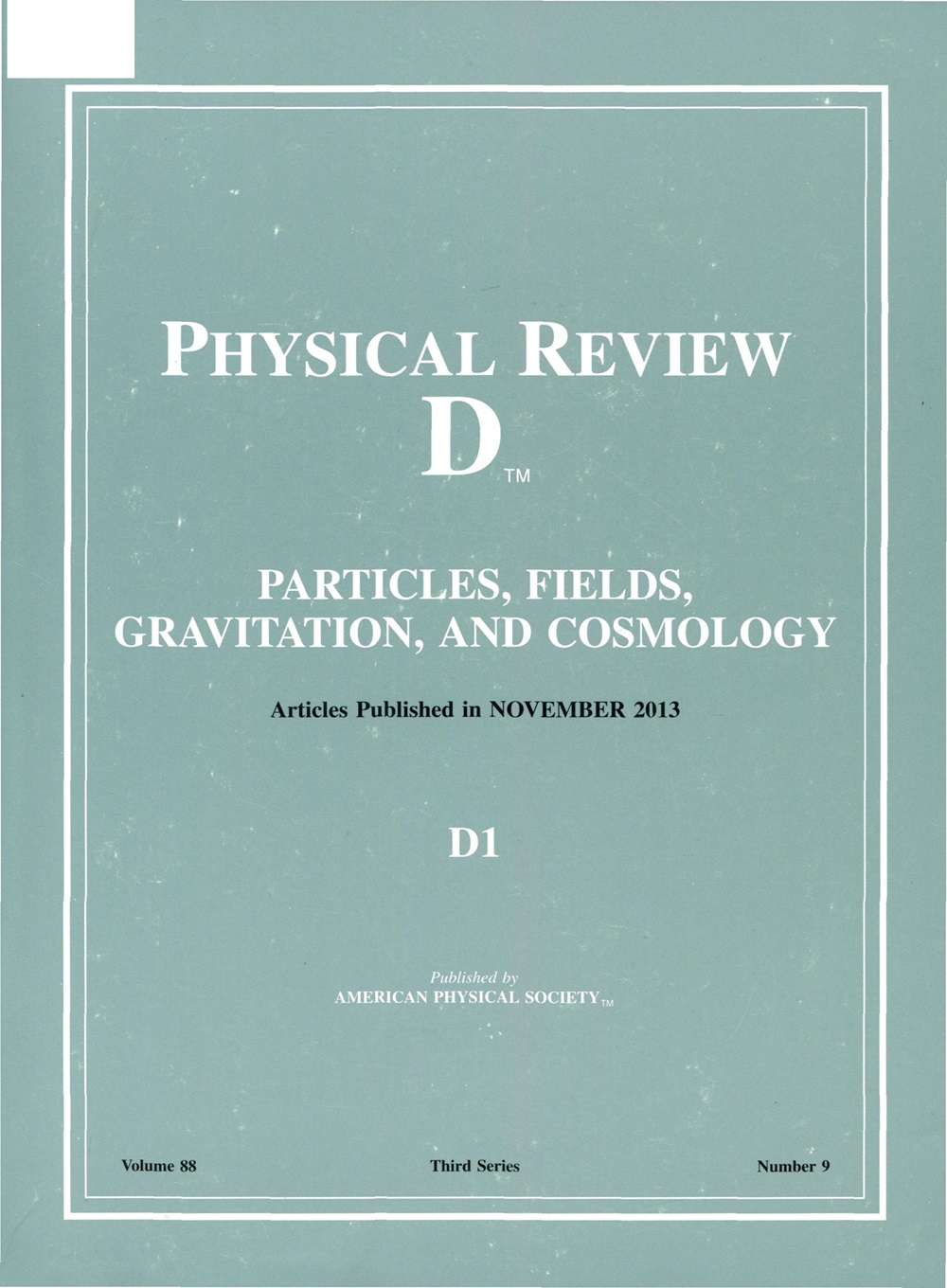Chiral vortical catalysis constrained by LQCD simulations
IF 5
2区 物理与天体物理
Q1 Physics and Astronomy
引用次数: 0
Abstract
Evidences of vortical effects have been recently found by experiments in heavy ion collisions, instigating new insights into the phase diagram of quantum chromodynamics (QCD). Considering the effect of rotations, lattice QCD data shows that the temperatures for deconfinement and chiral symmetry restoration should increase with real angular velocity, and the dominant effects are related to gluonic degrees of freedom. These findings could be essential for quark models in rotating systems that lack gluonic interactions, which predicts the decreasing of the chiral temperature transition with the angular velocity. To address this issue properly, in this work we apply the two-flavor Nambu–Jona-Lasinio model to explore the phase diagram in a rotating rigid cylinder with constant angular velocity in the mean field approximation. To circumvent the absence of gluons, we propose the application of an effective coupling dependent of the angular velocity, fitted to match the pseudocritical temperature of chiral phase transition in the model through lattice QCD data. Our results indicate that the running coupling induces the enhancement of the chiral condensate as a function of angular velocity, strengthening the breaking of chiral symmetry, an effect previously dubbed as chiral vortical catalysis. For the chiral susceptibility we observe stronger fluctuations around the transition temperature when we consider the running coupling. The phase diagram is affected by these findings shifting the critical end point (CEP) to higher temperatures and chemical potentials.求助全文
约1分钟内获得全文
求助全文
来源期刊

Physical Review D
物理-天文与天体物理
CiteScore
9.20
自引率
36.00%
发文量
0
审稿时长
2 months
期刊介绍:
Physical Review D (PRD) is a leading journal in elementary particle physics, field theory, gravitation, and cosmology and is one of the top-cited journals in high-energy physics.
PRD covers experimental and theoretical results in all aspects of particle physics, field theory, gravitation and cosmology, including:
Particle physics experiments,
Electroweak interactions,
Strong interactions,
Lattice field theories, lattice QCD,
Beyond the standard model physics,
Phenomenological aspects of field theory, general methods,
Gravity, cosmology, cosmic rays,
Astrophysics and astroparticle physics,
General relativity,
Formal aspects of field theory, field theory in curved space,
String theory, quantum gravity, gauge/gravity duality.
 求助内容:
求助内容: 应助结果提醒方式:
应助结果提醒方式:


